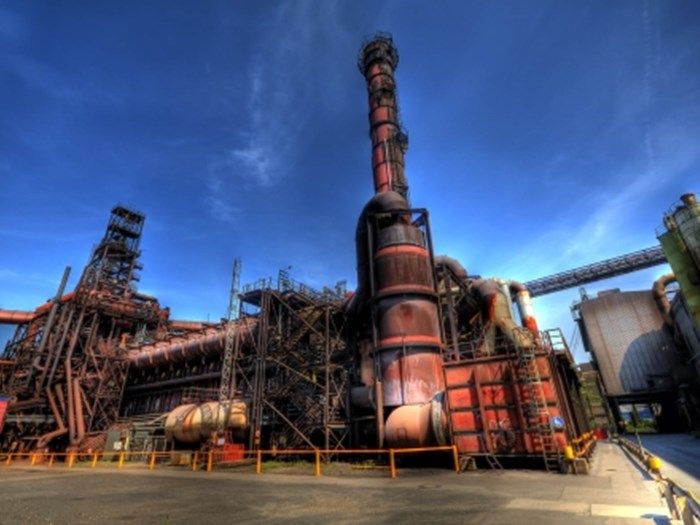At an event held within the framework of COP26, ArcelorMittal and the Quebec government announced an investment of C $ 205 million by ArcelorMittal Mining Canada (AMMC) in its Port-Cartier pellet plant.
With this, this facility will convert its 110 million tonnes of annual pellet production to drive reduced iron pellets (DRI) by the end of 2025.
The investment, in which the Quebec government will contribute through an electricity rebate of up to CAD $ 80 million, will allow the Port-Cartier plant to become one of the world’s largest producers of DRI pellets, the raw material for the manufacture of iron in a DRI furnace.
Another characteristic of the is that it includes the implementation of a flotation system that will allow a significant reduction of silica in the iron ore pellets, facilitating the production of a very high quality pellet.
Pellet plant
The project will generate a direct annual CO2e reduction of approximately 200,000 tons at AMMC’s Port-Cartier pellet plant, equivalent to more than 20% of the total annual CO2e emissions from the pellet plant.
This reduction in CO2e emissions will be achieved by reducing the energy required during the pelletizing process.
A DRI plant uses natural gas to reduce iron ore, resulting in a significant reduction in CO2 emissions compared to coal-based blast furnace iron production.
In Hamburg, Germany, ArcelorMittal is testing the substitution of hydrogen for natural gas to make DRI, and its industrial-scale pilot project is expected to go live before the end of 2025.
The DRI facilities that the company has announced it is developing in Belgium, Canada and Spain are built to be hydrogen ready, so that when green hydrogen is available in sufficient quantities at affordable prices, the company can produce DRI with almost zero carbon emissions.
Approximately 250 jobs are expected to be created during the construction phase of the project in Port-Cartier, which is scheduled to begin in mid-2023 and be completed before the end of 2025.
![]()

